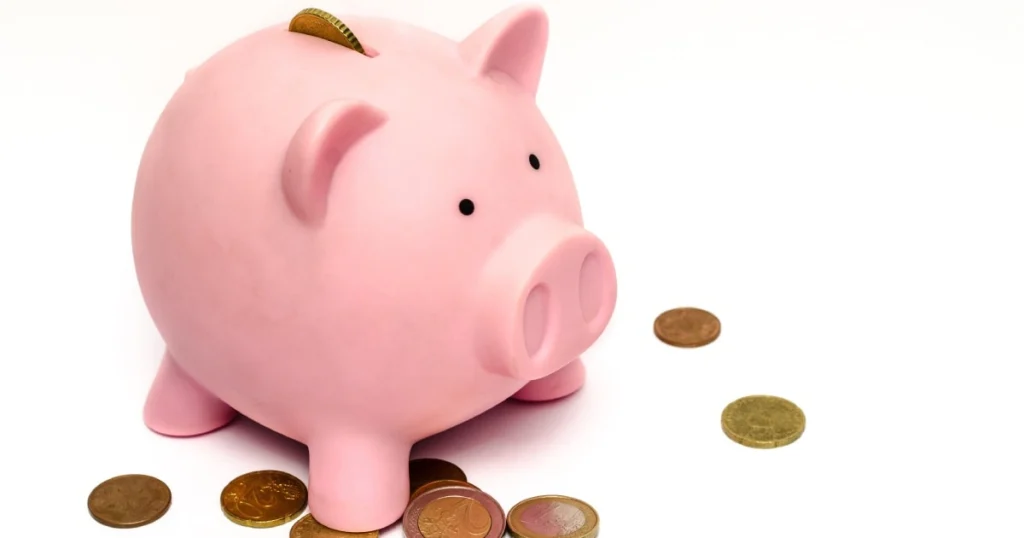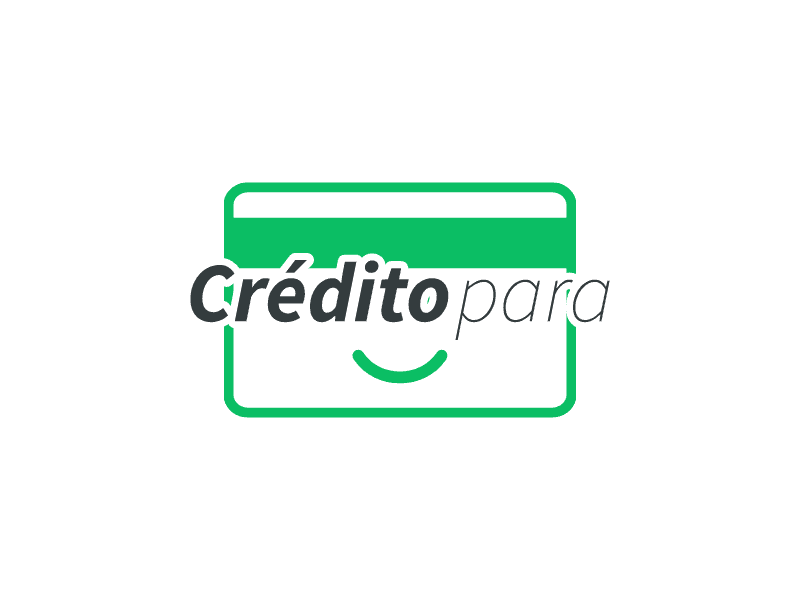In today’s unpredictable financial landscape, establishing an emergency fund is a crucial step toward achieving financial security. Whether you’re dealing with an unexpected job loss, an emergency medical expense, or urgent car repairs, having an emergency fund provides you with a financial cushion when life throws you a curveball. In this guide, we’ll walk you through the steps to build a solid emergency fund within 12 months, ensuring that you are prepared for whatever comes your way.
Anúncios
An emergency fund acts as a financial safety net, offering peace of mind and protecting you from the stress of unplanned expenses. But how can you build such a fund from scratch? Let’s break it down step by step.
Setting Realistic Financial Goals

The first step in building an emergency fund is to set clear and achievable financial goals. Start by assessing your monthly expenses and determining how much money you would need to cover three to six months of living costs. This amount will be your target fund.
Anúncios
Include essential expenses such as rent or mortgage, utilities, groceries, transportation, insurance, and any other necessary costs that ensure your well-being. If starting with a larger fund feels overwhelming, begin small. Aim to save at least $1,000 as an initial goal, and gradually work your way up from there.
It’s important to write down your goals and keep them visible—whether on a piece of paper, a digital note, or a whiteboard. Seeing your goals regularly will help you stay motivated and focused as you work toward your financial target. Review your progress periodically and adjust your goals as needed, keeping them both realistic and challenging.
Anúncios
Track Your Expenses
One of the most important aspects of financial management is tracking your spending. Knowing exactly where your money goes each month helps you identify patterns, prioritize essential expenses, and find areas where you can cut back.
Use budgeting apps, spreadsheets, or even a traditional pen and paper to log every expenditure. Categorize your spending so you can easily see how much you’re allocating to things like dining out, entertainment, or subscription services. Once you identify areas of discretionary spending, you can make more informed decisions about where to reduce costs. For instance, eating out less frequently or canceling unused subscriptions could free up extra cash that you can redirect into your emergency fund.
Tracking your spending not only helps you save but also teaches you how to prioritize your money, striking a balance between necessary expenses and optional ones.
Create a Budget
Once you’ve tracked your spending, the next step is creating a budget. This budget should reflect both your fixed and variable expenses while also ensuring you’re setting aside enough money for your emergency savings.
Start by listing all of your fixed expenses—things like rent, utilities, transportation, and insurance. Then, list your variable expenses, such as groceries, entertainment, and shopping. It’s essential to be realistic about your habits and spending tendencies to avoid feeling frustrated by your budget.
A budget should not feel like a restriction; instead, it should serve as a tool to help you allocate funds effectively. A portion of your income should be specifically dedicated to your emergency fund, and this amount should be transferred into a separate savings account each month. By doing this consistently, you’re building a habit that will lead to financial success.
Increase Your Income
If after creating a budget, you find that it’s still challenging to meet your emergency savings goal, consider looking for ways to boost your income. Increasing your income can make a significant impact on how quickly you’re able to build your emergency fund.
Start by exploring side hustles or freelance opportunities. There are countless ways to earn extra money in today’s gig economy. Whether it’s offering services like tutoring, writing, graphic design, or virtual assistance, the possibilities are endless. Websites like Upwork and Fiverr can connect you with clients in need of your skills.
If you have items in your home that you no longer use, consider selling them online through platforms like eBay, Craigslist, or Facebook Marketplace. Not only does this declutter your space, but it can also provide you with extra cash to put toward your savings goals.
Consider Side Hustles
Side hustles are a great way to supplement your primary income. These part-time gigs allow you to earn extra money without making drastic changes to your schedule. Choose a side hustle that aligns with your skills and interests so that it doesn’t feel like a burden.
For example, if you enjoy driving, consider working for Uber or Lyft during your free time. If you’re creative, selling handmade crafts or art on platforms like Etsy could be a lucrative venture. The key is to find something that’s flexible and scalable based on your availability.
The extra money from side hustles can go directly into your emergency savings account, allowing you to reach your goal more quickly.
Utilize Passive Income Streams
Passive income streams can also be an effective way to accelerate your savings. While these may require more effort upfront, they can generate income with little ongoing effort.
Consider investing in dividend-paying stocks, which provide regular payouts. You can also explore real estate by purchasing rental properties that generate steady rental income. If you have knowledge in a particular field, creating digital products like e-books, online courses, or software can provide ongoing income with minimal maintenance.
Even small passive income streams can make a big difference over time, helping you build and sustain your emergency fund.
Maintain Discipline and Consistency
Building an emergency fund in 12 months requires a commitment to consistency and discipline. It’s important to view saving as a non-negotiable expense, just like rent or utilities. Set up automated transfers from your checking account to your emergency savings account, ensuring that the money is moved before you have a chance to spend it elsewhere.
Consistency is key to making progress, and regularly reviewing your financial situation will help you stay on track. Set small milestones along the way to celebrate your achievements, whether that’s reaching your first $500 or hitting 50% of your goal.
Avoid Dipping into Your Emergency Fund
One of the most important rules when building an emergency fund is to avoid using it for non-emergency expenses. Resist the urge to dip into your savings for things like vacations, gadgets, or shopping sprees.
Your emergency fund should be reserved for unexpected situations—such as medical emergencies, car repairs, or job loss. For non-urgent expenses, explore other savings options or budget adjustments before touching your emergency fund.
By maintaining this discipline, you ensure that your emergency fund remains intact and available when you truly need it.
Regularly Review and Adjust Your Plan
As life circumstances change, so should your financial plan. If you receive a raise, get a new job, or experience any significant life event, adjust your budget and savings plan accordingly. This flexibility will ensure that you continue progressing toward your goal.
In addition, periodically review your expenses to identify new areas where you can cut costs and save more. Staying proactive and adaptable will help you maintain momentum and stay on track.
